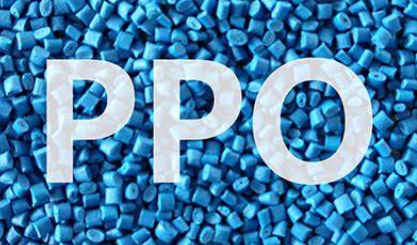Advantages and disadvantages of PPO plastics
万彩网100线路PPO (Polyphenylene Oxide or Polyphenylene Ether) is an engineering plastic. It is often blended with other plastics such as high impact polystyrene (HIPS) to improve processability and reduce costs, and is commonly used commercially by Noryl, a copolymer brand produced by SABIC (formerly General Electric Plastics division).
万彩网100线路The advantages of PPO plastic include:
万彩网100线路High thermal stability: PPO has a high glass transition temperature (Tg) and can be used at higher temperatures without deformation.
Strong chemical resistance: PPO is very stable and resistant to various common solvents and chemicals.

Good dimensional stability: Compared with many other plastics, PPO has good dimensional stability and is not easy to change due to changes in environmental conditions.
万彩网100线路Excellent mechanical properties: PPO has good mechanical strength, rigidity and impact strength.
万彩网100线路Electrical insulation: Excellent electrical insulation properties make it suitable for electrical and electronic applications.
万彩网100线路Low water absorption: PPO has low water absorption and is suitable for humid environment.
The disadvantages of PPO plastic include:
万彩网100线路Processing difficulties: Due to the thermal stability and viscosity characteristics of PPO, the processing temperature range of native PPO is very narrow.
万彩网100线路Higher price: Compared with general plastics, PPO belongs to engineering plastics and has a higher price.
万彩网100线路Color variation: Due to limitations in heat stability, native PPO is not easily colored and may not be the best choice for applications that require a beautiful appearance.
Poor scratch resistance: The surface hardness of PPO materials is relatively low and may be easy to scratch.
By adding toughening agents or other modifiers, some physical and chemical properties of PPO materials can be improved to meet different application requirements.
